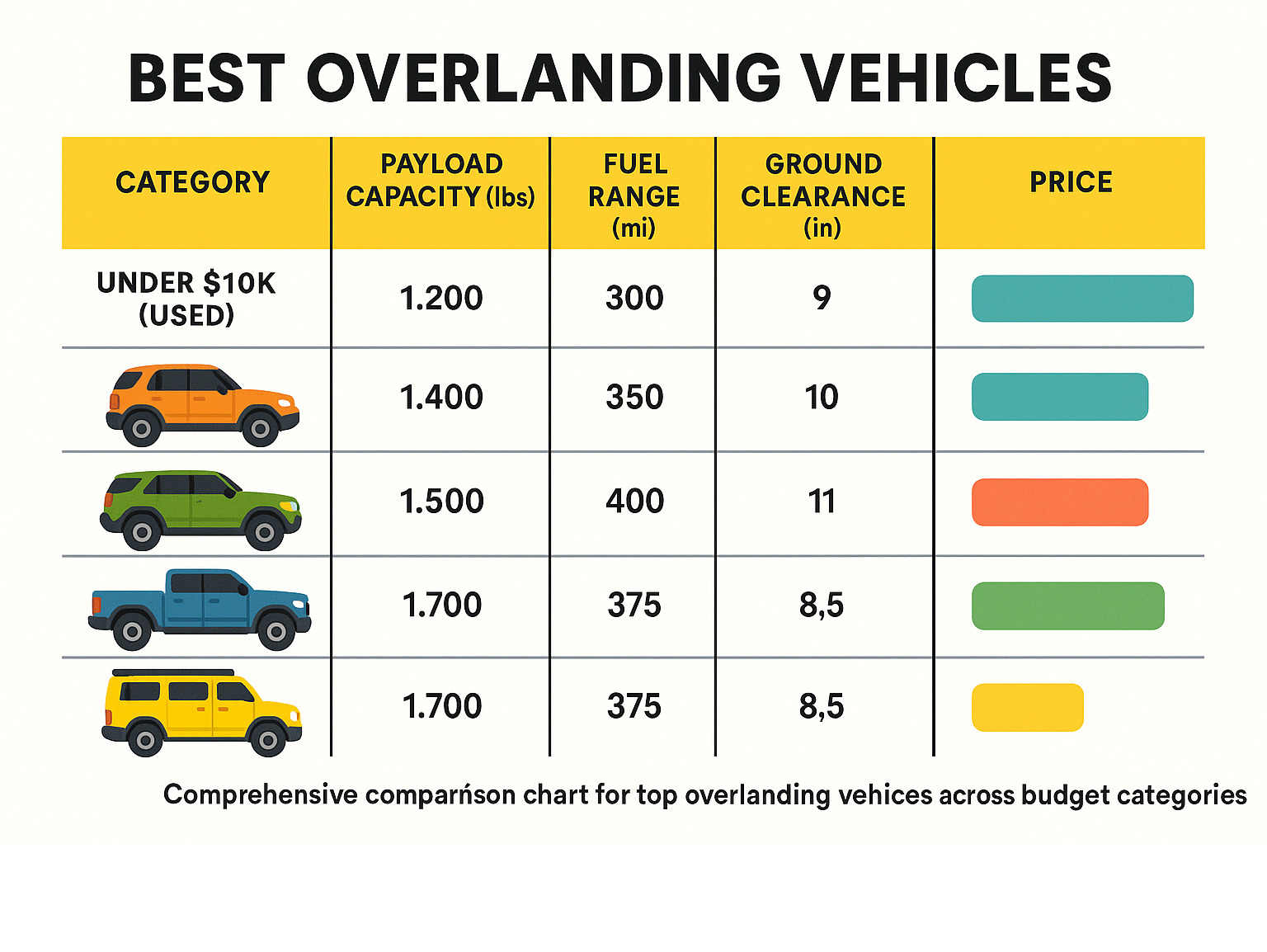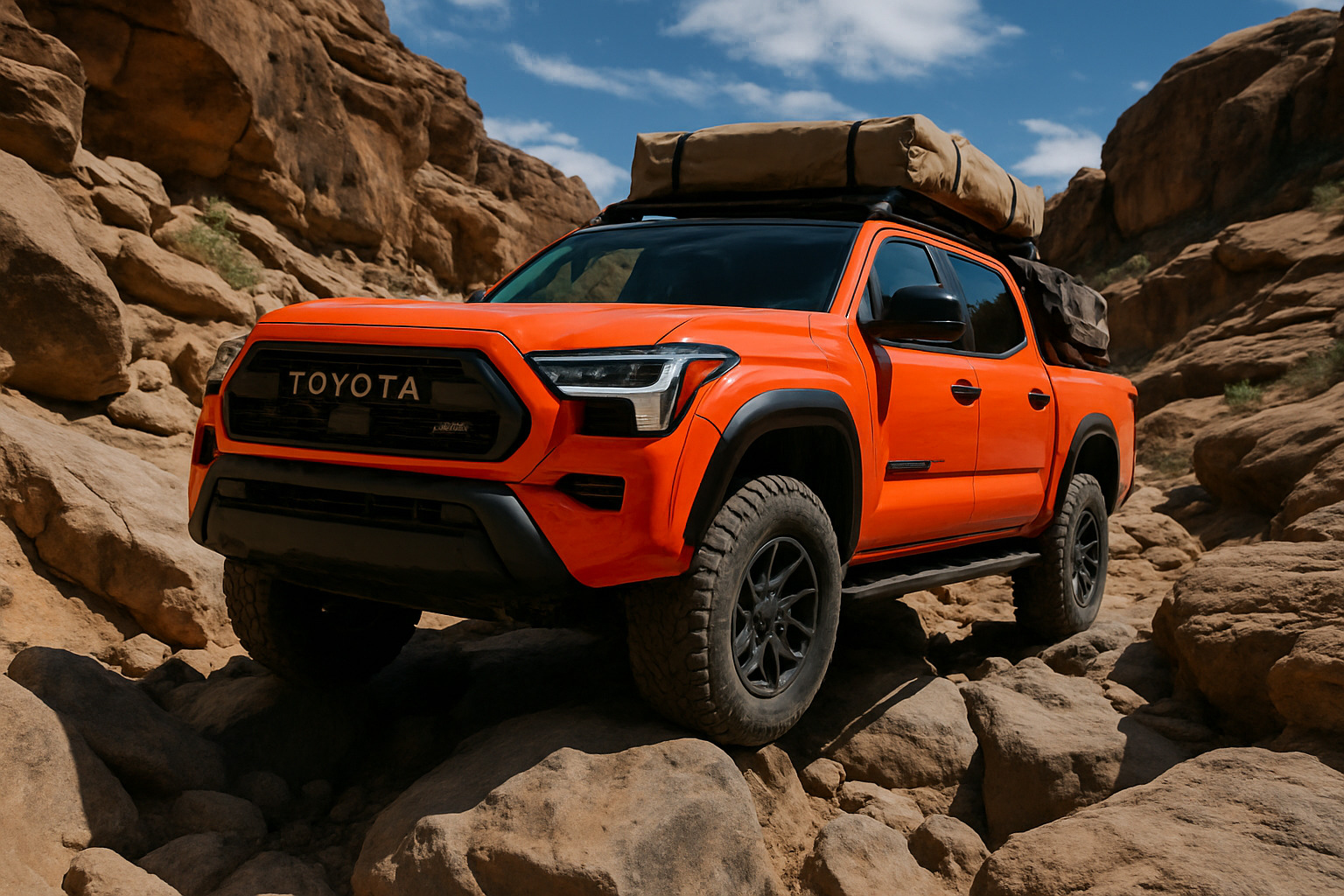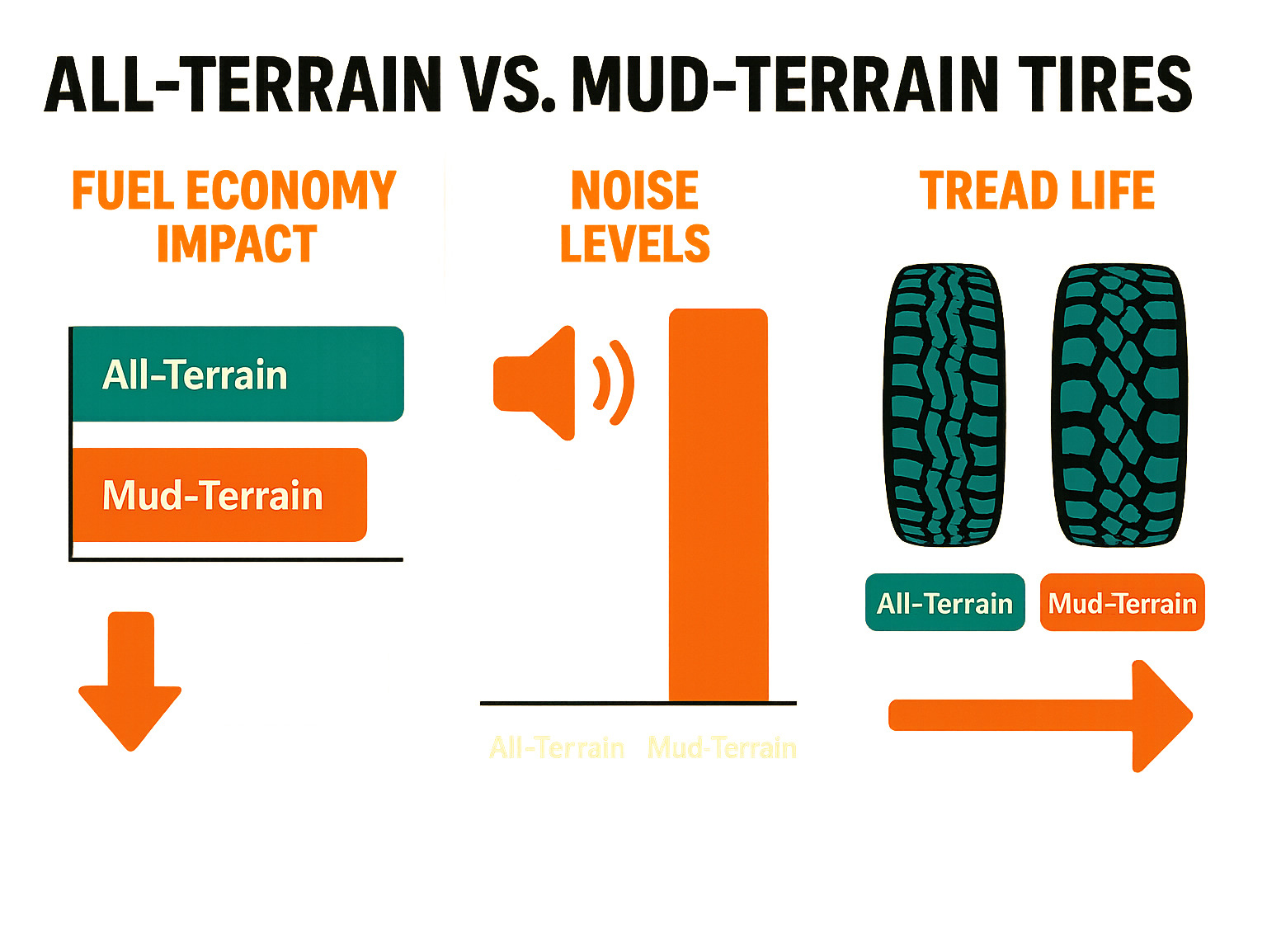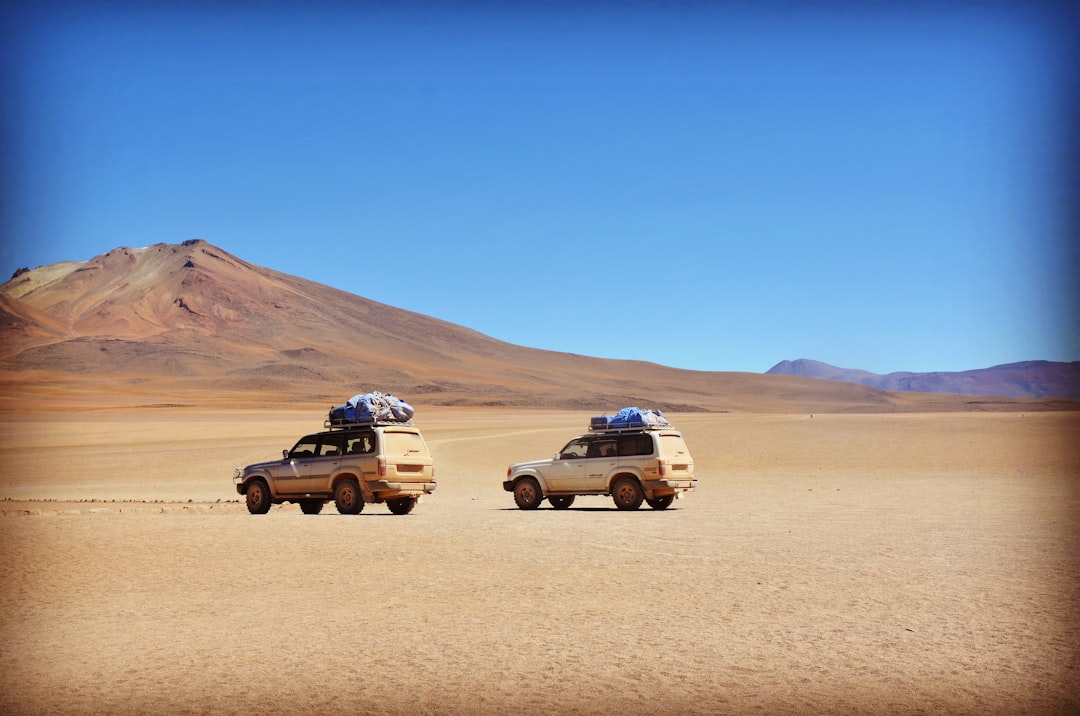Best Overlanding Vehicles 2025: 10 Ultimate Adventure Picks
Why Finding the Best Overlanding Vehicles Matters for Your Trip
Best overlanding vehicles combine rugged capability with long-distance comfort, turning remote destinations into accessible trips. Unlike traditional off-roading focused on conquering obstacles, overlanding emphasizes self-reliant travel where the journey itself becomes the destination.
Quick Answer – Top Overlanding Vehicle Categories:
- New Factory-Ready: 2024 Toyota Tacoma Trailhunter, Ford Ranger Raptor, Jeep Wrangler 4xe Rubicon
- Budget Champions: Toyota 4Runner (any generation), Lexus GX470, Nissan Xterra Pro-4X
- Heavy-Duty Haulers: Ram 2500 Power Wagon, GMC Sierra 2500 AT4X, Ford F-250 Tremor
- Van Life Heroes: Ford Transit AWD, Mercedes Sprinter 4×4, Chevrolet Express 4WD
The perfect overlanding rig balances key factors that matter on remote trails:
- Payload capacity of 1,200+ pounds for gear, water, and passengers
- Fuel range exceeding 350 miles to reach distant campsites
- Ground clearance of 8+ inches with skid plate protection
- Reliability proven over hundreds of thousands of miles
- Parts availability in remote locations worldwide
As one experienced overlander puts it: “The best overlanding vehicle is the one you already own.” This wisdom cuts through the gear obsession that often delays trips. Whether you’re driving a Honda CR-V on graded forest roads or a built Toyota Land Cruiser across the Sahara, the key is matching your vehicle’s capabilities to your intended routes.

Simple guide to best overlanding vehicles:
– trip vehicles
– best trip vehicles 2023
What Makes an Overlanding Vehicle Great?
Picking the best overlanding vehicles isn’t about flashy features or Instagram appeal. Seven key factors separate genuine expedition machines from weekend warriors.
Reliability sits at the top for good reason. When you’re 200 miles from the nearest cell tower, a broken water pump isn’t just inconvenient—it’s potentially dangerous. Toyota’s Land Cruiser 200 Series routinely crosses 300,000 miles with basic maintenance, while the Lexus GX470 delivers years of reliable service after hitting six-figure mileage.
Payload capacity catches more overlanders off-guard than any other factor. Water weighs over eight pounds per gallon, and a week’s supplies for two people easily hits 400 pounds before adding recovery gear and camping equipment. The 2024 Toyota Tacoma Trailhunter sets the midsize standard with 1,709 pounds of payload capacity.
Fuel economy and range determine how far you can venture from civilization. The sweet spot? At least 350 miles between fill-ups. The 2024 Toyota Land Cruiser achieves 412 miles of range, while the Ram 2500 Power Wagon’s 31-gallon tank provides over 400 miles despite its thirsty V8.
Aftermarket support makes the difference between capable and unstoppable. Toyota platforms dominate with suspension upgrades, armor packages, and camping gear available worldwide. The Ford Ranger’s growing ecosystem shows promise but can’t match the Tacoma’s decades of development.
Comfort becomes crucial covering 300 miles of washboard roads. Independent front suspension delivers superior highway manners compared to solid axles, explaining why the Tacoma and Ranger outsell the Gladiator for serious overlanding.
Parts availability can make or break international expeditions. Toyota’s global dealer network and parts interchange create best serviceability worldwide.
Towing capacity expands trip possibilities. The Ram 2500 Power Wagon’s 10,590-pound rating handles serious trailers, while the GMC Sierra 2500 HD manages 16,000 pounds.
| Vehicle Category | Capability Focus | Comfort Level | Best For |
|---|---|---|---|
| Midsize Pickup | High | Medium | Solo/couple trips |
| Full-size Pickup | Very High | Medium | Family expeditions |
| Body-on-Frame SUV | Medium | High | Daily driver/weekend trips |
| Van Platform | Medium | Very High | Extended travel |
Core Requirements Explained
Ground clearance of eight inches prevents expensive damage. The Chevrolet Colorado ZR2 Bison leads with 12.2 inches, while the Ford Ranger Raptor provides 10.7 inches. Remember: measure your loaded ground clearance – gear can drop clearance by two inches.
Skid plates protect vital components. The Toyota Tacoma TRD Pro includes comprehensive aluminum coverage, while budget builds need aftermarket protection.
Tire size affects everything from clearance to fuel economy. Most overlanding routes work perfectly with 32-33 inch all-terrain tires – don’t believe the hype about needing 35-inch rubber.
Overlanding Without Breaking the Bank
Newcomers often delay trips while saving for the “perfect” build. This perfectionism prevents more trips than vehicle limitations.
Stock vehicles handle surprisingly challenging terrain with smart route planning. National Forests and BLM lands offer thousands of miles of graded dirt roads accessible to any vehicle with reasonable ground clearance.
Planning beats modifications every time. Detailed route guides provide difficulty ratings before you commit. Gas up what you’ve got, toss your sleeping bag in back, and go make memories. For budget options, check our automobile camping guide.
2024-2025 Showroom Stars: The Best Overlanding Vehicles Right Now

Today’s showrooms offer factory-built rigs that would have required thousands in aftermarket modifications just years ago.
The 2024 Toyota Tacoma Trailhunter leads at $64,395. Toyota partnered with ARB for factory air compressor, 326 horsepower turbo engine, and impressive 1,709-pound payload capacity.
Ford’s Ranger Raptor delivers 405 horsepower desert-racing capability at $57,065, with Fox Racing shocks and 10.7 inches of ground clearance.
Chevrolet’s Colorado ZR2 Bison offers best value at $58,500 with 12.2-inch ground clearance and locking differentials front and rear.
The Ram 2500 Power Wagon flexes 1,560 pounds payload and 10,590 pounds towing with its 410-horsepower Hemi V8. At $68,225, it handles work and weekend duties.
Toyota’s Land Cruiser returned with $55,950 pricing and 412-mile fuel range – shocking value compared to the previous generation.
The Lexus GX Overtrail brings luxury at $67,900 with 33-inch factory all-terrains and premium interior comfort.
Quick Look at the Best Overlanding Vehicles for 2024
Fuel range leaders include Toyota Land Cruiser (412 miles), Ram Power Wagon (~400 miles), and 4Runner TRD Off-Road (391 miles).
Payload capacity varies dramatically. GMC Sierra 2500 HD dominates with 3,407 pounds, Ford F-150 Tremor handles 2,445 pounds, while the Tacoma Trailhunter manages 1,709 pounds.
Ground clearance surprises: Colorado ZR2 Bison leads at 12.2 inches, Ranger Raptor provides 10.7 inches, and Tacoma Trailhunter offers 9.5+ inches.
Pricing reflects serious engineering. Colorado Trail Boss starts at $39,195, Tacoma TRD Off-Road at $41,800, Land Cruiser at $55,950, and Ranger Raptor at $57,065.
For vehicle range insights, see scientific research on vehicle range.
Electrified & Hybrid Options for the Trail
The Jeep Wrangler 4xe Rubicon pioneered overlanding electrification with 375 combined horsepower and 470 lb-ft torque. The electric crawling mode provides precise control for technical terrain or wildlife photography.
The 370-mile combined range maintains expedition capability while silent operation improves wildlife encounters and respectful camping. At $63,290, early adopters report the hybrid system improves rather than complicates overlanding.
Solar charging compatibility and onboard 115V outlets eliminate generator needs for extended boondocking.
Budget & Used Heroes: Finding the Best Overlanding Vehicles Under $25K

Some of the best overlanding vehicles are sitting in used car lots right now, waiting for smart buyers.
The Toyota 4Runner dominates used overlanding markets. From 1996 third-generation to newer fifth-gen models, these trucks keep going past 300,000 miles. Sweet spot: $8,000-$25,000 depending on generation and mileage. Every mechanic knows them, parts are everywhere, and aftermarket support is massive.
The Lexus GX470 represents overlanding’s best-kept secret – essentially a Land Cruiser in luxury clothing. That bulletproof 4.7-liter V8, full-time four-wheel drive, and comfortable interior run $12,000-$22,000 for clean examples.
The Nissan Xterra Pro-4X delivers surprising capability at bargain prices. Post-2005 models fixed early transmission issues, making them solid $8,000-$18,000 choices with rear locking differentials and factory skid plates.
The Mitsubishi Montero offers genuine capability if you handle limited parts support. Super Select four-wheel drive works beautifully, and independent rear suspension improves highway comfort. Budget $4,000-$12,000 for decent examples.
Budget List of the Best Overlanding Vehicles Under $10K
The third-generation Toyota 4Runner (1996-2002) hits the budget sweet spot with reliable 3.4-liter V6 and solid rear axle strength. Manual transmissions cost more but offer better reliability. Plan $6,000-$10,000 for decent examples.
First-generation Toyota Tacoma trucks share that proven drivetrain in compact packages. Double cabs provide rear seating or storage, while 6-foot beds handle camping gear. Budget $5,000-$10,000 for solid trucks, but inspect for rust.
The Mitsubishi Montero Sport delivers exceptional value despite parts challenges. That 3.5-liter V6 and Super Select system provide adequate capability for $3,500-$8,000.
Maintenance records matter more than mileage when shopping these budget options. Well-maintained high-mileage vehicles beat neglected low-mileage ones every time.
Stretch-Budget Legends ($10K-$25K)
The 100-Series Toyota Land Cruiser (1998-2007) represents ultimate overlanding capability. That robust 4.7-liter V8, full-time four-wheel drive, and locking center differential excel in challenging conditions. High-mileage examples with maintenance records offer exceptional $15,000-$25,000 value.
The FZJ80 Toyota Land Cruiser (1992-1997) offers timeless capability with legendary 4.5-liter inline-six reliability. Solid axles and manual transmissions appeal to purists wanting maximum control. Clean examples run $12,000-$25,000, but rust inspection is critical.
Diesel Ram 2500 trucks with Cummins inline-six provide exceptional towing and fuel economy. Post-2003 common-rail engines offer improved power and refinement. That 31-gallon tank provides 500+ mile range. Budget $15,000-$25,000 depending on condition.
Platform Showdown: Pickups vs SUVs vs Vans
Choosing between pickups, SUVs, and vans depends on your trip style, passenger needs, and modification preferences.
Pickups – Pros, Cons & Payload Kings
Midsize pickups like the Toyota Tacoma, Ford Ranger, and Chevrolet Colorado dominate overlanding. Separate beds provide secure gear storage and easy access, while payload capacities typically exceed SUV alternatives. The Tacoma’s aftermarket support remains best.
Bed storage advantages include weather protection with tonneau covers, organized access, and passenger compartment separation. Pickup campers and rooftop tents mount easily, while auxiliary fuel tanks fit between frame rails.
Articulation suffers with longer wheelbases on technical trails. The Jeep Gladiator’s 137-inch wheelbase creates switchback challenges, while the Ranger’s 127-inch wheelbase offers better maneuverability.
SUVs – Balanced Daily Drivers
Family seating makes SUVs ideal for overlanding with children. Seven-seat configurations in vehicles like the Toyota Sequoia provide passenger space while maintaining cargo capacity.
Enclosed cargo offers security advantages over pickup beds. Valuable gear stays hidden and protected, while climate control extends to cargo areas.
Shorter wheelbase improves trail maneuverability. The Toyota 4Runner’s 109.8-inch wheelbase provides excellent articulation, while the Ford Bronco’s 116.5-inch wheelbase balances stability and agility.
Vans – Rolling Basecamps
Ford Transit AWD brings all-wheel drive to van platforms. Intelligent AWD provides traction in slippery conditions, while high roofs allow standing room. Aftermarket lift kits improve off-road capability.
Mercedes Sprinter 4×4 provides genuine four-wheel drive with low-range gearing and locking differentials. Spacious interiors accommodate complete living quarters.
Interior build-outs transform vans into self-contained expedition vehicles with full kitchens, bathrooms, and sleeping quarters. Stealth camping advantages make vans ideal for urban overlanding with discrete appearance allowing overnight parking where RVs face restrictions.
Essential Upgrades, Maintenance & Preparation
Getting your rig ready for overlanding doesn’t require expensive modifications. Proper preparation and maintenance matter more than fancy upgrades when miles from civilization.
All-terrain tires provide the sweet spot between highway comfort and trail capability. The BFGoodrich All-Terrain T/A KO2 has proven itself through countless trips, while the Falken Wildpeak AT3W delivers similar performance at lower cost. Mud-terrain tires excel in specific conditions but sacrifice fuel economy, road noise, and comfort for the 90% of your trip on pavement.
A modest suspension lift opens new possibilities without creating problems. The 2-inch lift on the Colorado Trail Boss proves you don’t need extreme modifications for meaningful capability.
Recovery gear transforms minor inconveniences into learning experiences. Quality winch, proper tow straps, and basic tools handle most situations. The COMEUP Solo 12k winch with synthetic rope offers excellent value and safety.
Dual battery systems let you run camp equipment without worrying about starting your vehicle. The Battleborn GC3 LiFePO4 battery maintains performance in freezing temperatures while delivering 270 amp-hours.
Solar panels extend off-grid capability by keeping batteries topped off. Flexible panels mount cleanly to roofs, while portable panels position for optimal sun exposure.
Route planning prevents more problems than any modification. OnX Offroad Elite covers 852 million acres with detailed access information, while Gaia GPS provides reliable offline navigation.
For camping vehicle preparation ideas, check our best cars for camping guide.
Upgrade Checklist for the Best Overlanding Vehicles
Skid plates protect undercarriage components. Factory aluminum plates handle most situations, while aftermarket steel provides maximum protection.
Winch capability handles situations where momentum isn’t enough. Synthetic rope offers weight savings and safety advantages over steel cable.
Roof rack systems expand cargo capacity for bulky items. The Land Cruiser 200 Series’ 240-pound roof rating represents the upper end – many vehicles limit roof loads to 150 pounds.
Pre-Trip Maintenance Best Practices
Fresh fluids prevent most mechanical failures. Engine oil, coolant, brake fluid, and differential oil should be changed before major trips.
Belt and hose inspection catches problems while fixable. Replace anything questionable before departure rather than gambling on remote repairs.
Tire rotation ensures even wear and maximum life. Inspect for damage, proper inflation, and adequate tread depth before each trip.
Frequently Asked Questions about the Best Overlanding Vehicles
Do I need a purpose-built rig to start overlanding?
Absolutely not. The biggest enemy isn’t your vehicle’s ground clearance – it’s perfectionism that keeps people scrolling build threads instead of hitting trails.
We’ve seen Priuses navigating 15 miles of forest roads to reach remote hot springs. Tesla Model Ys parked at dispersed campsites after hours of graded dirt roads. One memorable trip involved a Honda Odyssey completing a challenging desert route.
The secret? Matching your route to your vehicle’s capabilities rather than Instagram dreams. Thousands of miles of graded forest service and BLM routes don’t require portal axles and 37-inch tires.
Start with what you’ve got. Pick easier routes matching your current ride. Learn what your vehicle can handle versus what the internet says it needs.
How much payload is “enough” for a family of four?
For family overlanding, we recommend minimum 1,200 pounds of payload capacity. Four people average 150 pounds each (600 pounds), plus camping gear, food, and water at 8.3 pounds per gallon.
Recovery gear, tools, and “just in case” items add up faster than expected. We’ve seen families unknowingly exceed payload by 500+ pounds, affecting handling, braking, and component longevity.
The 2024 Toyota Tacoma Trailhunter’s 1,709-pound capacity provides comfortable breathing room. Many popular overlanding vehicles fall short of that 1,200-pound minimum.
Pro tip: weigh everything before your first big trip including passengers, full fuel tank, and all gear.
What’s the real trade-off between mud-terrain and all-terrain tires?
All-terrain tires deliver about 80% of mud-terrain traction while offering dramatically better daily livability. Mud-terrains drop fuel economy by 2-4 MPG, increase road noise substantially, wear faster on pavement, and perform poorly in wet weather.
Mud-terrains excel in deep mud, loose sand, and technical rock crawling. For most overlanding routes – forest service roads, desert tracks, established trails – all-terrains handle everything you’ll encounter.
The BFGoodrich All-Terrain T/A KO2 and Falken Wildpeak AT3W represent the sweet spot, providing excellent traction while maintaining civilized road manners.
Start with quality all-terrains and upgrade only if actual experience proves you need extra traction.

Conclusion
The best overlanding vehicles share common traits: reliability keeps you moving when mechanics are 200 miles away, adequate payload handles gear and passengers, reasonable fuel range reaches distant campsites safely.
Whether eyeing a $40,000 factory Chevrolet Colorado Trail Boss or considering a $10,000 high-mileage Toyota 4Runner, remember: success depends more on preparation and smart route planning than vehicle specifications. We’ve seen $80,000 custom rigs stuck on easy trails while stock vehicles cruise past with confident drivers.
The current market offers more capable factory options than ever. The 2024 Toyota Tacoma Trailhunter arrives with ARB bumpers and onboard air. The Ford Ranger Raptor brings desert racing DNA from the showroom. The Jeep Wrangler 4xe Rubicon adds silent electric crawling to proven rock-hopping ability.
Meanwhile, the used market rewards patient buyers with incredible value. That 200,000-mile 4Runner with maintenance records will likely deliver another 100,000 miles for less than most vacation spending.
Most important advice: start with what you have. Too many potential overlanders spend years researching perfect builds while current vehicles sit in driveways, perfectly capable of reaching amazing destinations.
At Car News 4 You, we’ve witnessed how overlanding connects automotive passion with outdoor exploration in ways pure performance or luxury can’t match. There’s something magical about using your vehicle as a tool for findy rather than just transportation.
The best overlanding vehicle gets you out exploring, not gathering dust during planning. That Honda CR-V can reach more places than you think. That aging pickup has stories to tell if given the chance.
Start planning your first overlanding trip today. Choose routes matching your current vehicle’s capabilities rather than dream specifications. Pack essential safety gear, tell someone your plans, and focus on experience over equipment.
The trail is calling. Your current vehicle is probably more ready than you think. Stop planning and start exploring.
For more trip travel preparation insights, explore our comprehensive guide on trip-ready vehicles.









1 thought on “Luxury Meets Dirt Roads: Top Overlanding Vehicles You Need to See”
Pingback: Adventure Awaits (Again)! Best Pre-Loved Vehicles for Your Next Trip - Car News 4 You
Comments are closed.